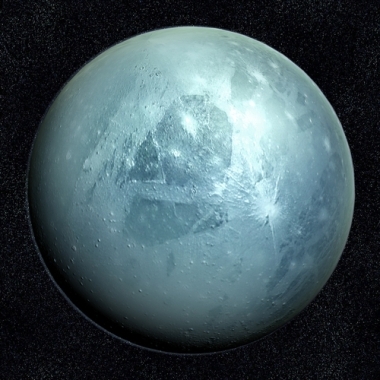Ever wonder what a planet is? By definition, a planet is a solid, round-shaped body that revolves around the largest star (in the case of planet Earth, this star is the Sun). But how can we know if a given celestial body is a planet or not?
For a celestial body to be considered a planet, the International Astronomical Union has established some criteria:
1) Being in orbit around a star;
2) Have its own gravity, responsible factor for it to have a round shape;
3) Having its orbit free, that is, the path it takes cannot be influenced or obstructed by any other planet.
Given these definitions, can we say that the Moon is a planet? No, it does not orbit around a star, as the Earth is not a star, and its orbit is influenced by a planet (Earth itself).
As of 2006, with the establishment of these criteria, Pluto is also no longer considered a planet, as its orbit is influenced by Neptune.

Pluto is now classified as a "Dwarf Planet"
Planets are classified into telluric and jovians.
Telluric planets: They are also called terrestrial, interior planets or rocky. They are relatively small planets – compared to most other planets –, they are located close to the Sun and have a solid surface. Examples: Earth, Mars and Mercury.

Mars, example of a telluric planet
jovian planets: Also called distant gas giants, are very large planets with an atmosphere composed of gases (such as hydrogen, helium and methane) and are located far from the Sun. Examples: Jupiter, Saturn and Neptune.

Saturn, example of Jovian planet or distant gas giant
By Rodolfo Alves Pena
Graduated in Geography


